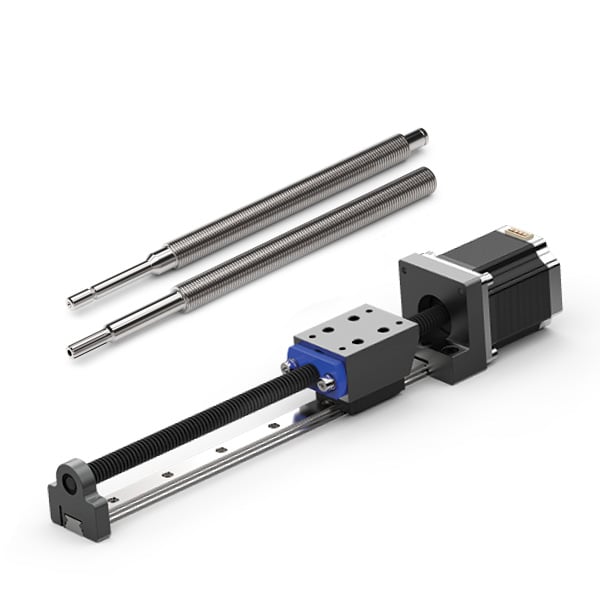Additive Manufacturing and 3D Printing
Rapid Prototyping 3D Multi-Material Printers
Additive manufacturing or 3D Printing is proving to be one of the most disruptive technologies that the industrial world has seen in the past few decades. Some believe that additive manufacturing signals the beginning of the third industrial revolution. 3D printers have become a fixture for the rapid prototyping of parts and products for many of today's manufacturing organizations. With a 3D printer, product developers can quickly and cost-effectively create physical product components directly from product design data. Just as a desktop printer produces type on a 2D page, a 3D printer builds a physical object in 3D space, layer by layer. The majority of 3D prints are used for design interrogation and evaluation purposes. However, due to advances in 3D printing materials, some parts are now produced production-ready. Others serve as the basis for creating part molds and casings.
Not all 3D printers are created equal. Many 3D printers utilize belt-drive technology, which results in inferior performance characteristics compared to precision-engineered screws. When using belt-drive technology, accuracy and repeatability issues are common because belt drives simply have more play in them.
Due to the play in belt drive 3D printers, output results are less-than-optimal, causing undesirable surface patterns and less resolution on features like holes and cavities. Lead screws, on the other hand, provide higher levels of accuracy, repeatability, and performance resulting in high-quality printed parts.
Lead Screw Function in a 3D Printer
Within a 3D printing application, lead screws are typically driven by a stepper motor and guided by profile rails on the X and Y axes. Precision-engineered acme nuts are connected to the carriage mechanism. All axes are actuated with a stepper motor-driven screw with an anti-backlash nut and move along linear guides. An additional advantage of the screw-rail configuration for controlling linear motion in 3D printers is that it requires a fraction of the necessary components for belt-driven printers, resulting in less assembly time. Belt-drive 3D printers deliver linear motion with repeatability of ±0.1 mm/m and a layer height of 100 microns. In contrast, precision lead screws offer repeatability of ±0.02 mm/m and a layer height of 50 microns.
Contact an application engineer for more information.
Speak to an Application Engineer
Our application engineers are here to help you plan, customize and select the optimal linear motion components for your additive manufacturing application.
Our Products
Helix Linear Technologies offers a wide range of linear motion products that are designed to make your next food and beverage handling application a success. Not sure what you need? No problem. We're here to help guide you every step of the way.

Downloads
 Lead Screw Catalog
Lead Screw Catalog
Lead Screws 2-40mm diameter. Lead Screw Nuts - Standard and Anti-backlash